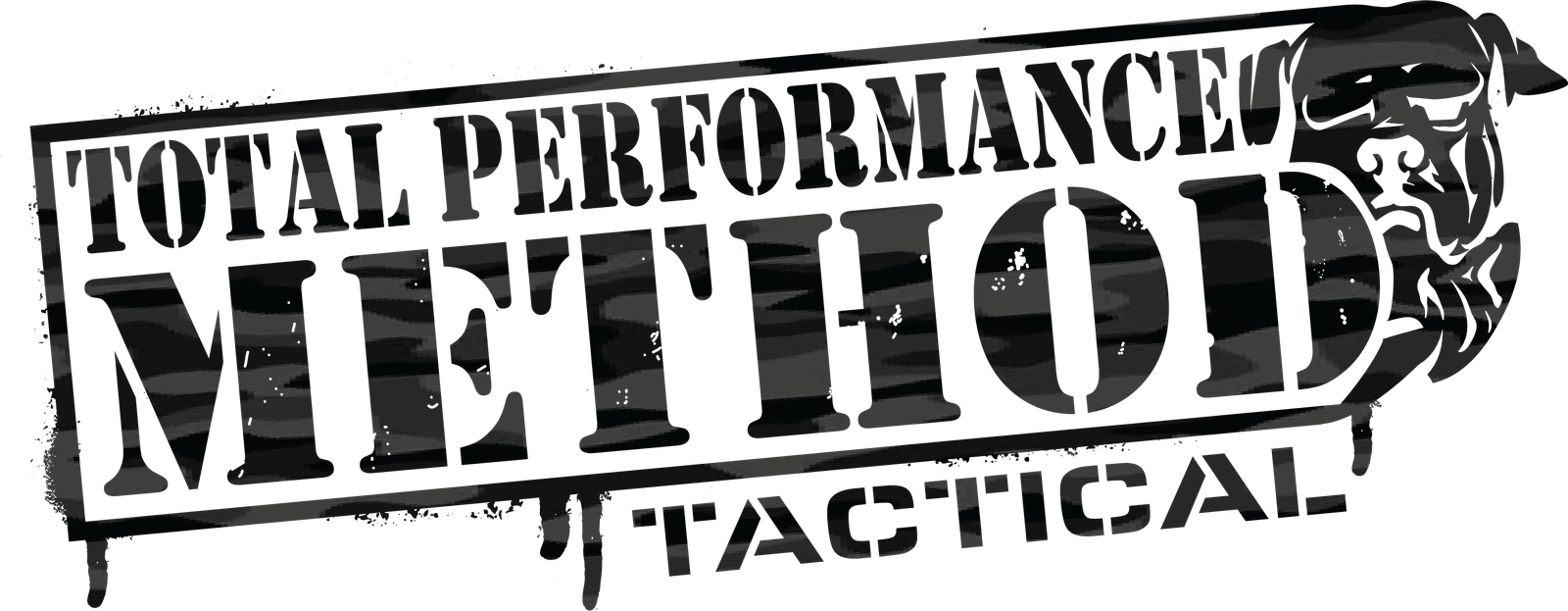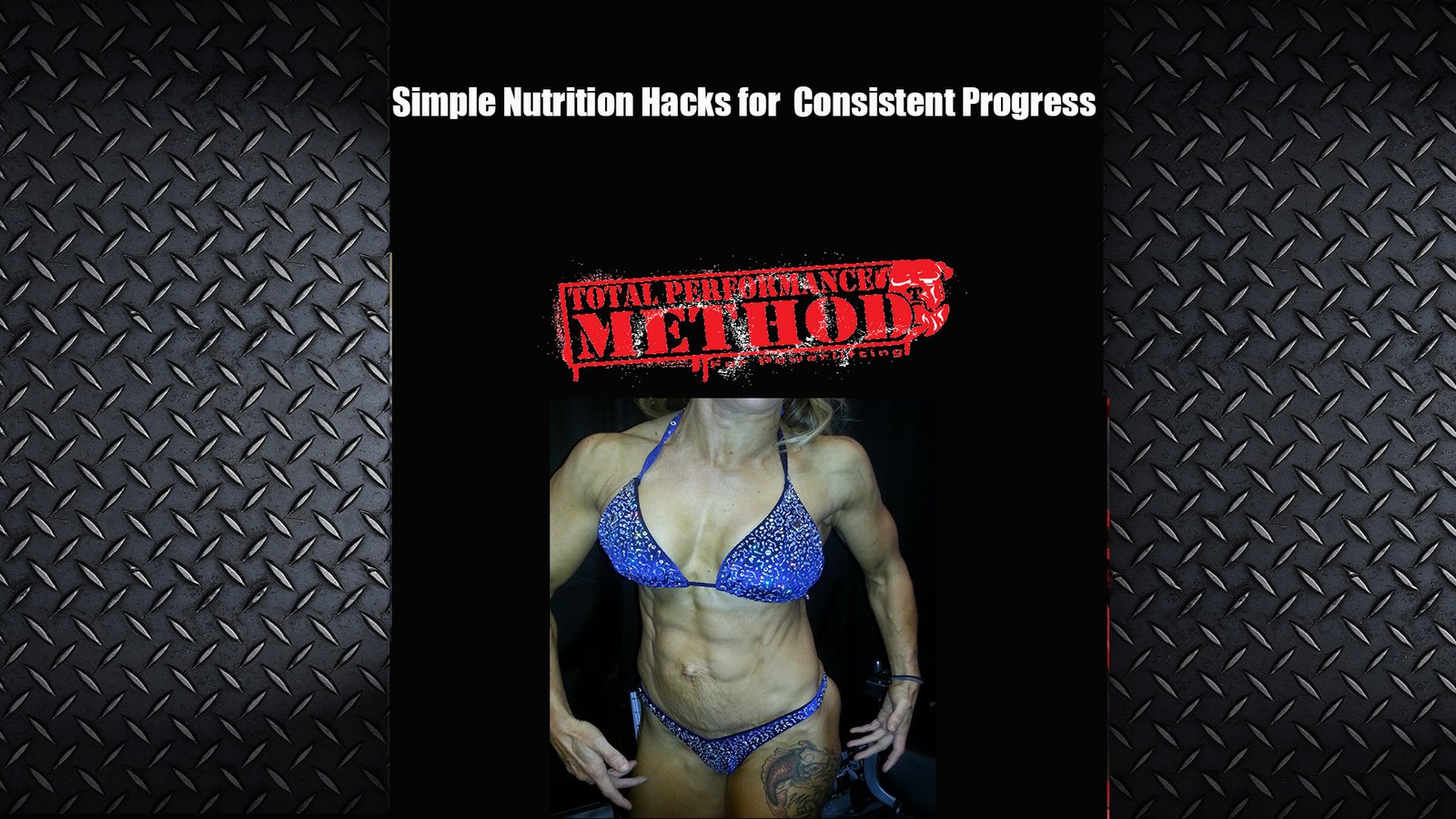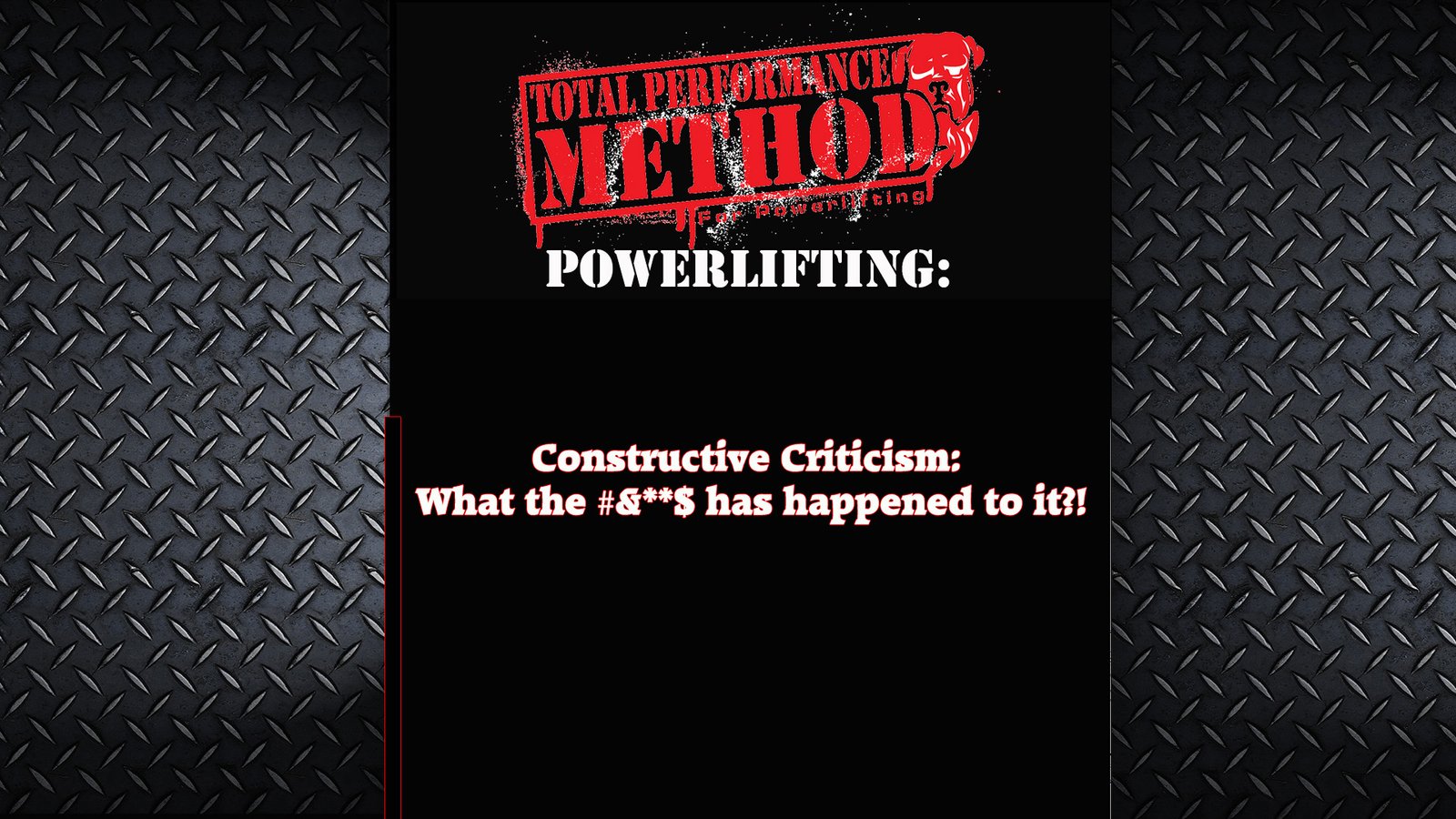It is common knowledge that the average person gains weight over the holidays. Some studies say it is 7-10 pounds, and some say it is only a pound. Even if it is only a pound, over the course of 20 years you’ll have gained 20 pounds, and I’m sure it wasn’t muscle.
Getting rid of the holiday pounds is great for people like me (gym owners)—it’s when we add a lot of our new customers. What is bad for people like me is that most people don’t lose the weight and stop going to the gym. TPS is different than most because we do things to help you get past the temporary setback of adding even one pound. This article will kick-start you back into shape after the holidays.
Weapon 1: Strength Training
First up is exercise. You must exercise consistently all year, but especially after the holidays. You also must do the opposite of what the major media tells you to do. Watch any newscast or read any magazine and they almost universally tell you to do cardio-based training for fat loss. While cardio-based exercise programs will help you to lose weight, they are the least effective for fat loss and have little to no effect after a while.
In the personal training industry, we frequently hear people tell us they are going to do cardio for a few months to get them in shape to start lifting. It is our job to give the best advice to all of our readers and clients and sometimes it’s not what they want to hear.
The Cardio Myth
Sorry kids, but cardio isn’t going to cut it. You need to strength train. Period. Strength training is the BEST weapon in our war on fat. Think about all the nonsense you have heard over the years about how you must stay in the “fat-burning zone” during cardio for best results. This comes from the theory that training at a certain heart rate keeps your body burning more calories from fat.
While this may be true, the sad, real truth is that when you are in the “fat-burning zone” you aren’t burning that many calories in general. The other sad truth is that training in the “fat-burning zone” does little to elevate your metabolism post-workout.
Let me explain that for a second. We are looking for excess post-exercise oxygen consumption, or EPOC. In plain English, this is how many extra calories you burn as a result of exercising. Or, more to the point, jacking your metabolism into a fat-burning furnace.
The “fat-burning zone” doesn’t get you there. Studies show that the longer and harder you train, the more you burn. Period. You can boost your metabolism for up to 48 hours with the right kind of training and getting on the elliptical for an easy 20 minutes in the fat zone won’t do it.
You must exercise intensely by working at close to 80% of your maximum heart rate. This is done in a few ways: sprints, high-intensity weight training and circuit training. TPS offers you all of the tools to get the job done. We have treadmills and the turf for sprinting, as well as prowlers and sleds, Group X classes that are designed to burn fat, and all of the strength training tools to train at a high level.
The second part of the exercise fat assault is the high-intensity weight training part. If you work out at TPS you see what we make the personal training clients do. If you don’t, read the rest of our articles and keep reading, as we are adding more information all the time. We focus on fat loss training with a large percentage of our clients. We usually use this formula: primary strength exercise, followed by either supersets, circuits or interval training.
A sample template would look like this:
Weeks 1 & 2
- Day 1
Primary Exercise: Squat
Supersets focusing on the whole body in an alternating upper/lower rotation, e.g.: Glute ham raise + Overhead press
Tabata Interval
- Day 2:
Primary Exercise: Row
Supersets focusing on the whole body in an alternating upper/lower rotation e.g.: Incline bench press + Pullthrough Tabata Interval
Weeks 3 & 4
- Day 1
Primary Exercise: Squat
Full body circuit in an alternating upper/lower rotation - Day 2:
Primary Exercise: Row
Full body circuit in an alternating upper/lower rotation
This is a very oversimplified example, but it is to give you a general idea. The point to take from this is that we are known for preaching the fitness truth, not what you want to hear. You must train hard; there are no free rides.
For those new to exercise or out of shape, take it slowly when beginning a weight training program. You will see results with less work at a lower intensity if you are new to this. It is a really good idea to take it slow the first few weeks because your body is not used to training and the possibility of injury exists without a proper acclimation period.
Beginners would do well to take our classes or one of our camps, like The Total Performance Method.
Weapon 2: Nutrition
Nutrition is the next part of the picture and maybe more important. As this is the Nutrition Corner section, I’ll go over it. We need to reeducate ourselves when trying to lose fat. The best way to lose fat is to eat. I know it sounds foolish, but it is the truth. Your body is essentially a machine that takes in fuel (food) and either burns it or stores it (turns it into fat).
The best way to get your body to become a fuel-burning machine and not a fuel-storage machine is to feed it frequently with small and healthy meals. We should strive to eat 4 to 6 times a day. Our meals should be spaced every 3 to 4 hours and they should contain protein at each feeding.
(For full details on protein, fat and carbohydrate, search Nutrition articles.)
When I say meals, think outside the box. A meal is any time you feed your body. It does not have to be Thanksgiving dinner. It could be as simple as a handful of almonds and a protein drink. The point is to keep your body fueled with protein every 3 to 4 hours. This keeps our blood sugar stable and helps to prevent fat storage.
We need to eat carbohydrates according to our anticipated energy demands over the next 3 to 4 hours, as well. Carbohydrate will fuel your body through the workouts and you need to have them before each training session. It is a good idea to eat your carbs early in the day and minimize them when your activity level is going to be low. On days that you don’t work out, cut back on your carb intake. Fill up on fibrous veggies and protein on the days you don’t exercise.
You must drink a lot of water, too. Water is one, if not the most, important nutrient your body needs. The human body can go a lot longer without food than it can without water. Consuming adequate water is paramount to making your body function properly. Stay hydrated, so it can build muscle and burn fat all day long.
Putting It Together
Ok, so I’ve covered quite a bit here and I could keep going for hours, but there a few take-home points to consider from this:
1. You need to exercise more, and with more intensity than the mainstream media tells you.
2. You need to strength train.
3. You need EPOC and the best way to get it is to see point number 1.
4. You need to eat. Appropriately.
5. You need to stay hydrated.
Follow these simple tips for a leaner and stronger you in a short time. Keep reading this section of the website for more ways to get jacked.







Leave A Comment